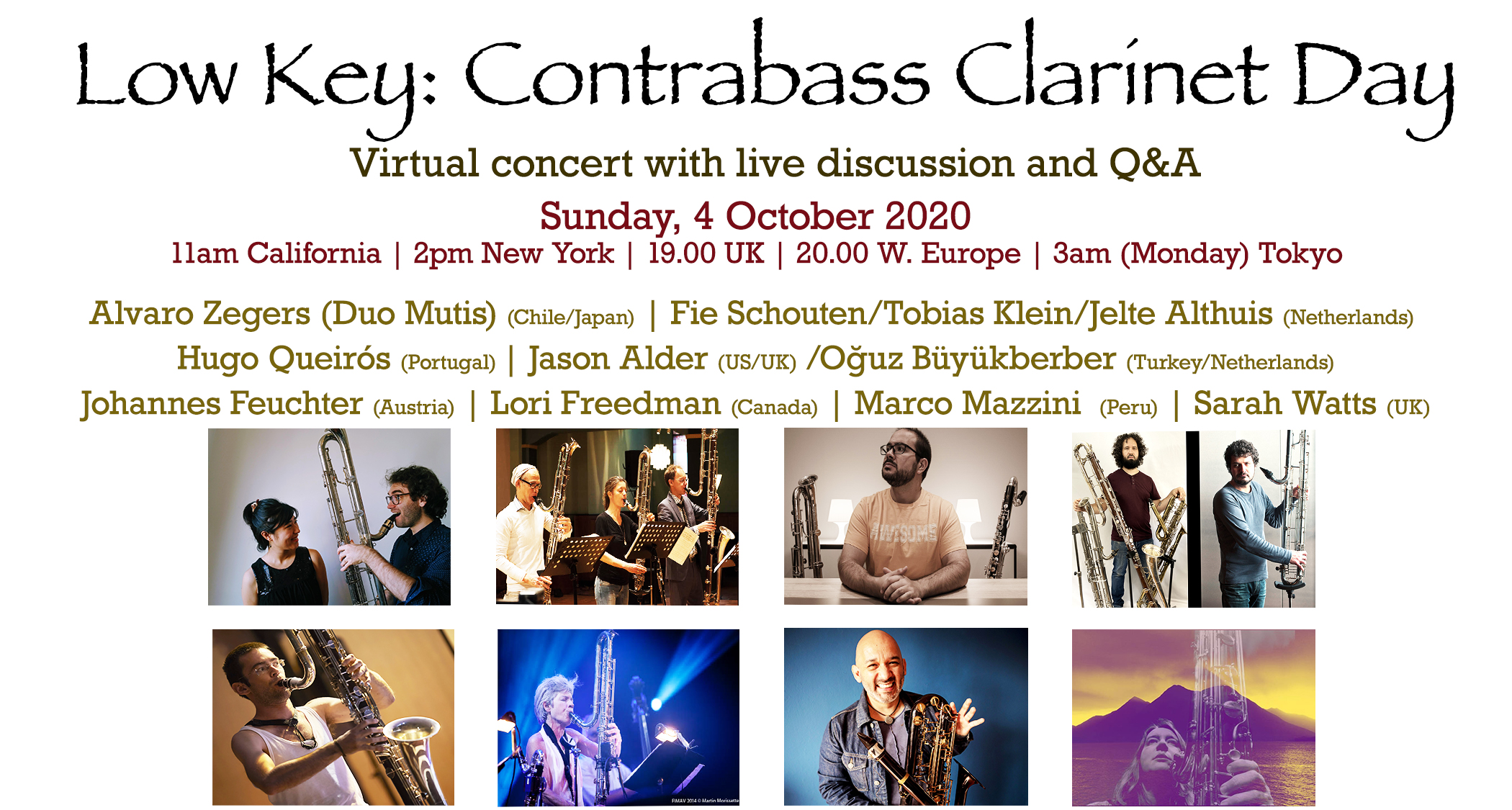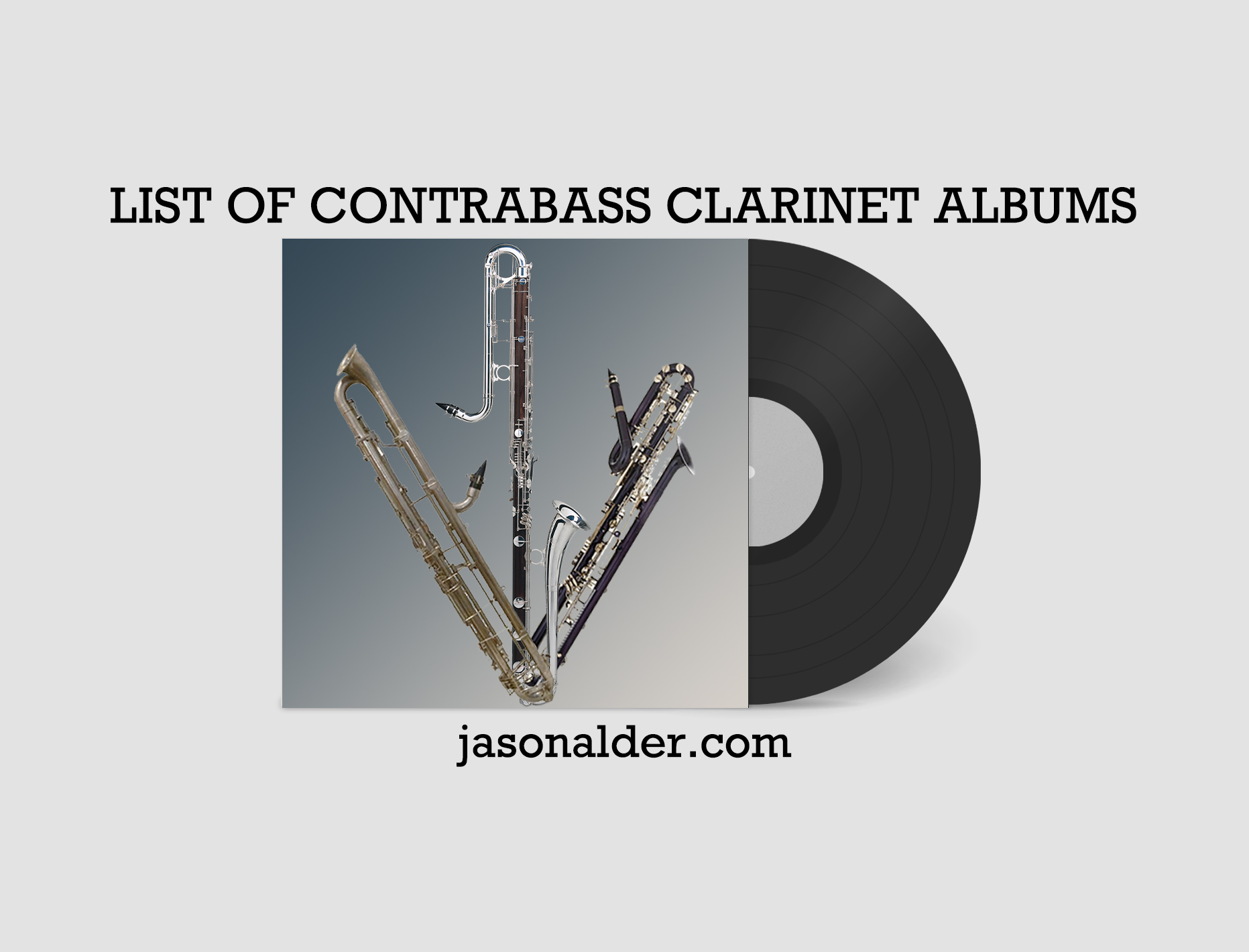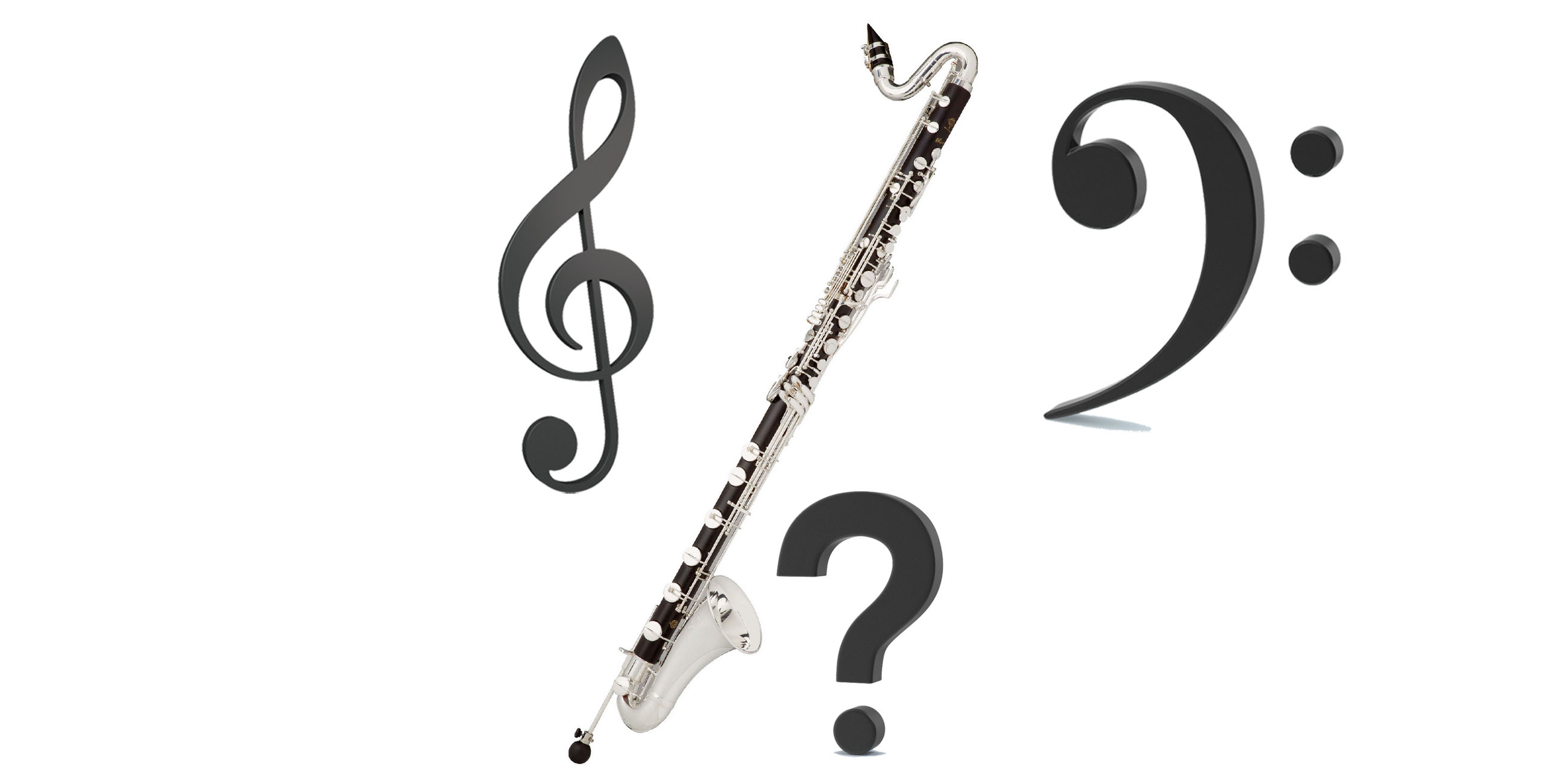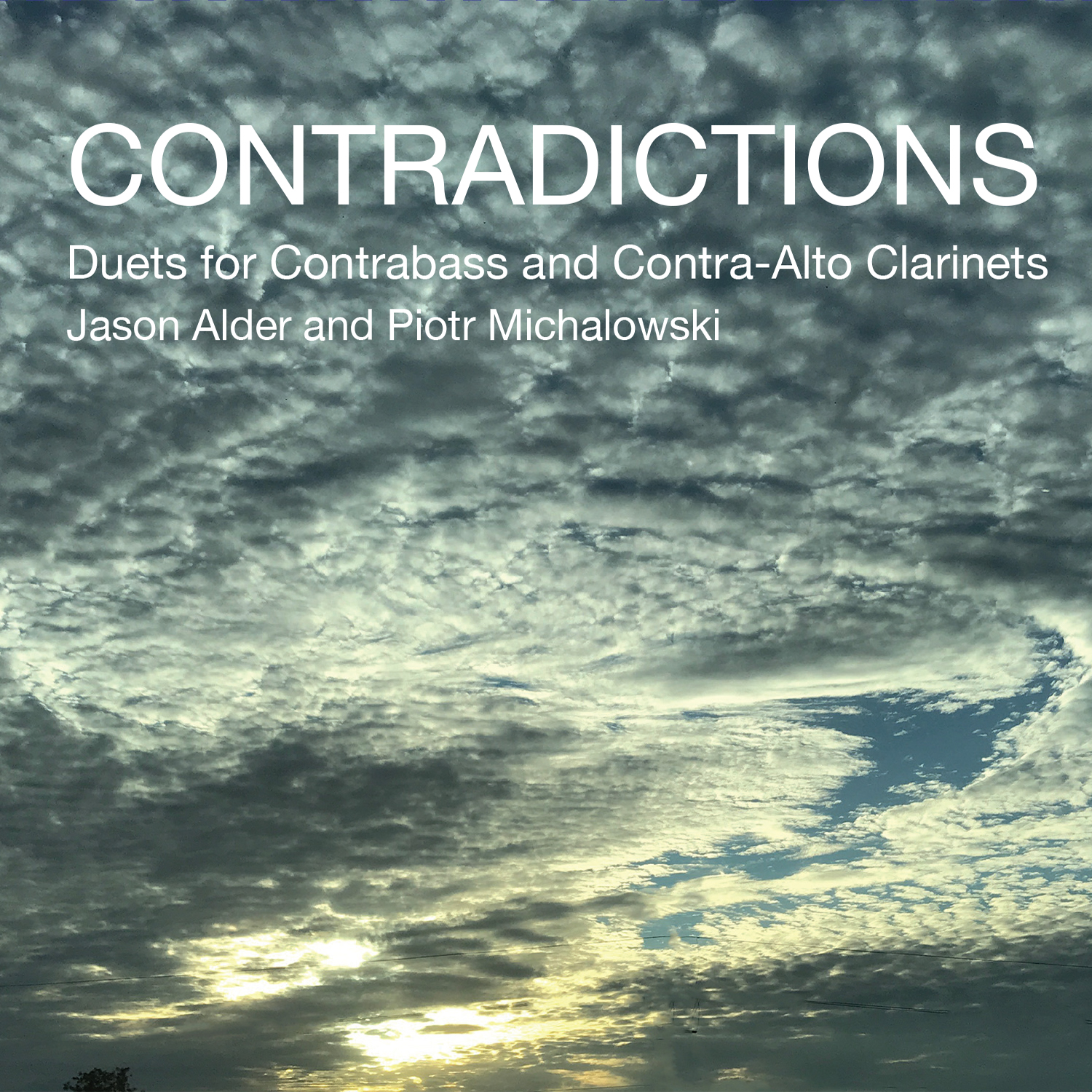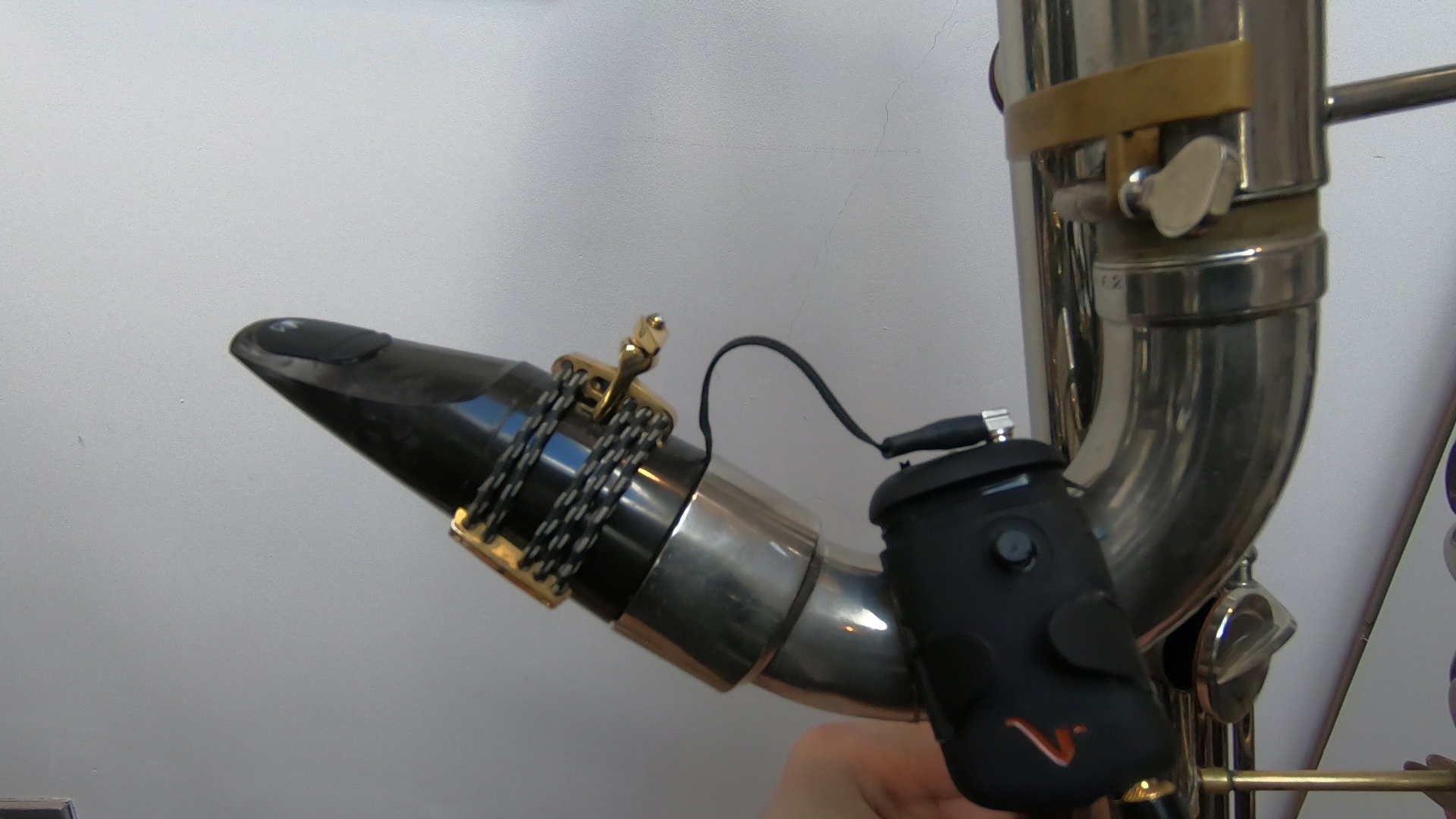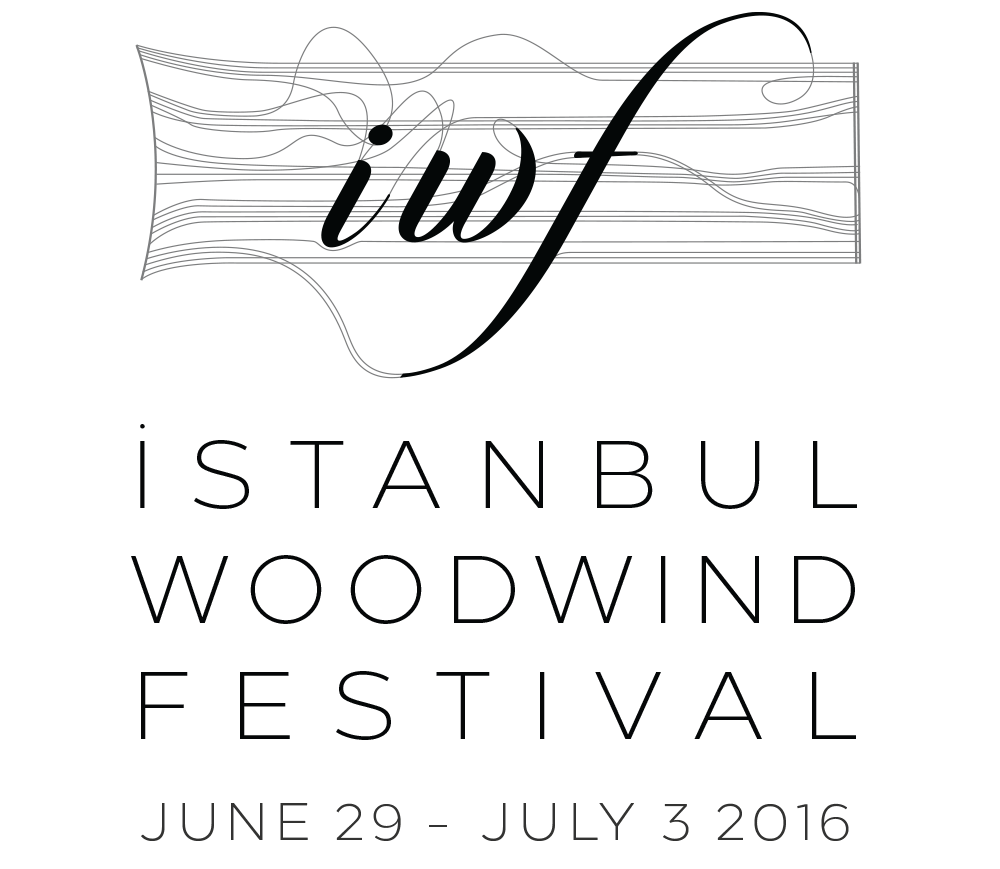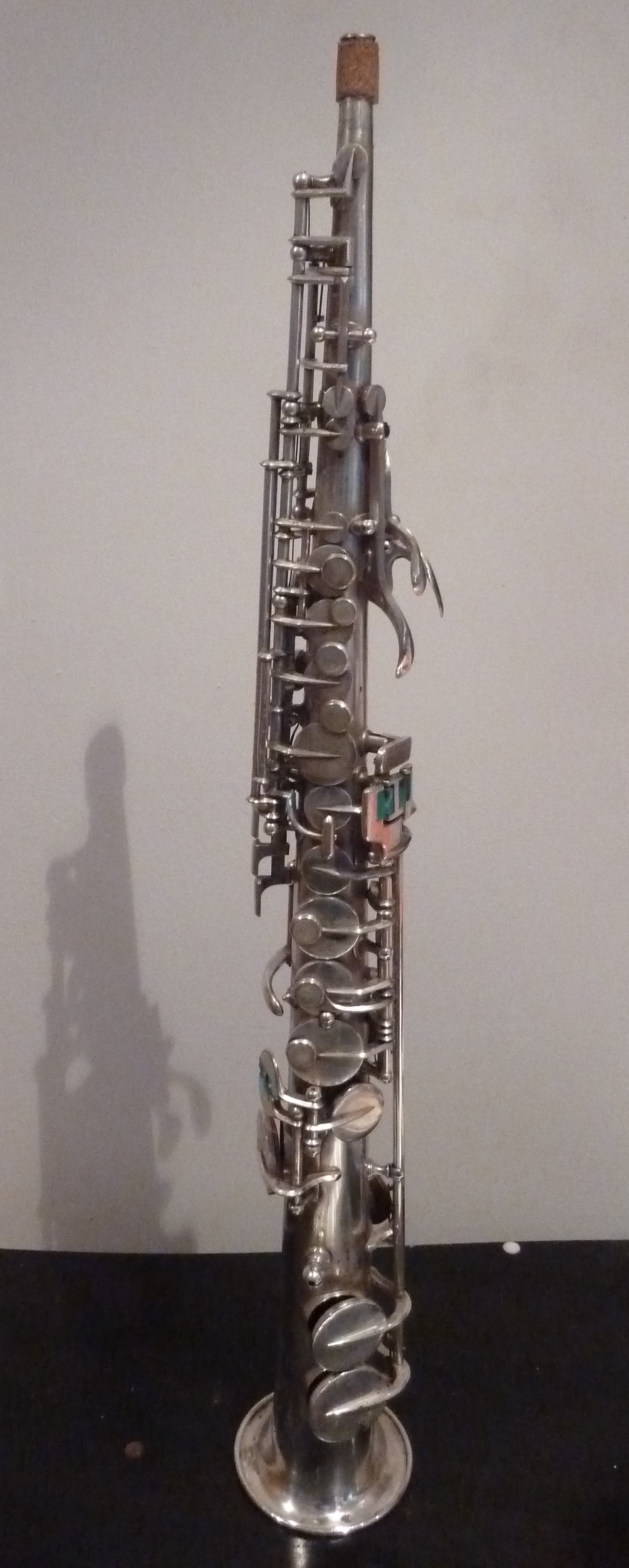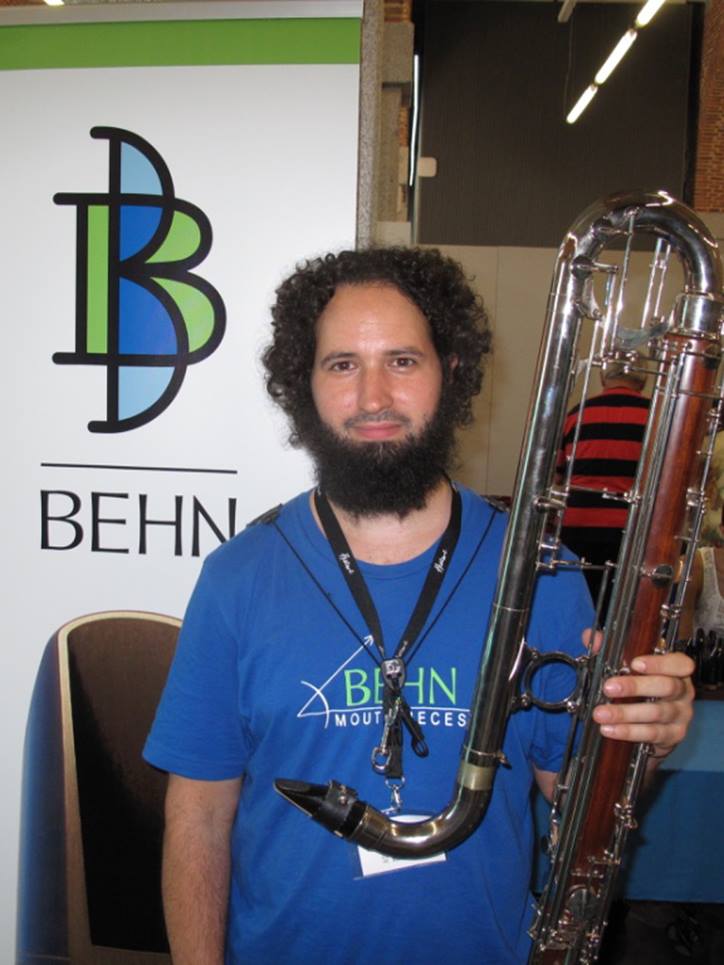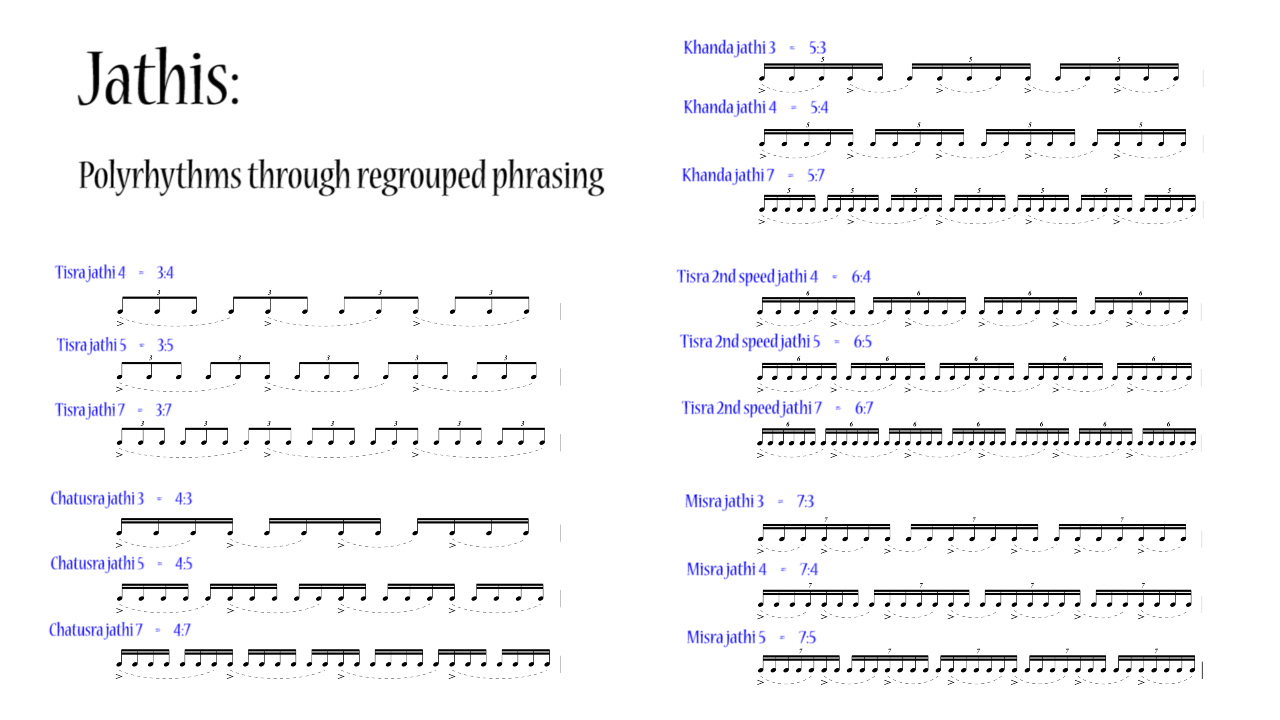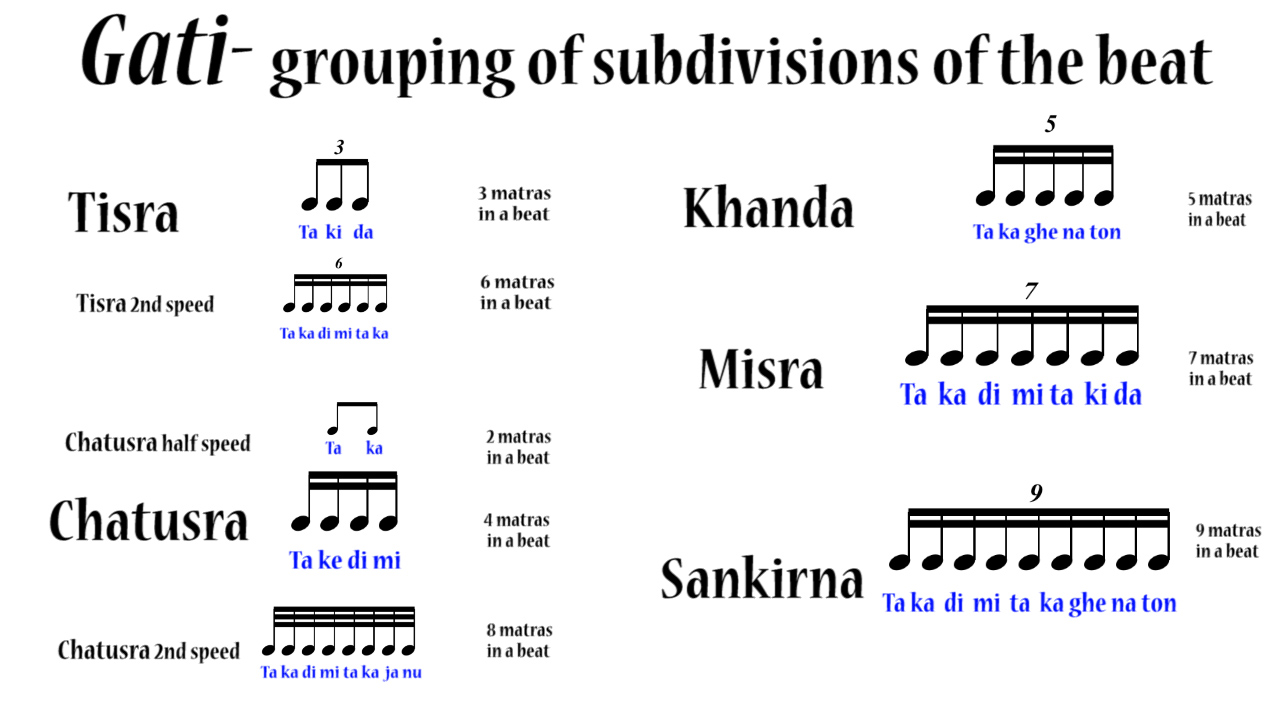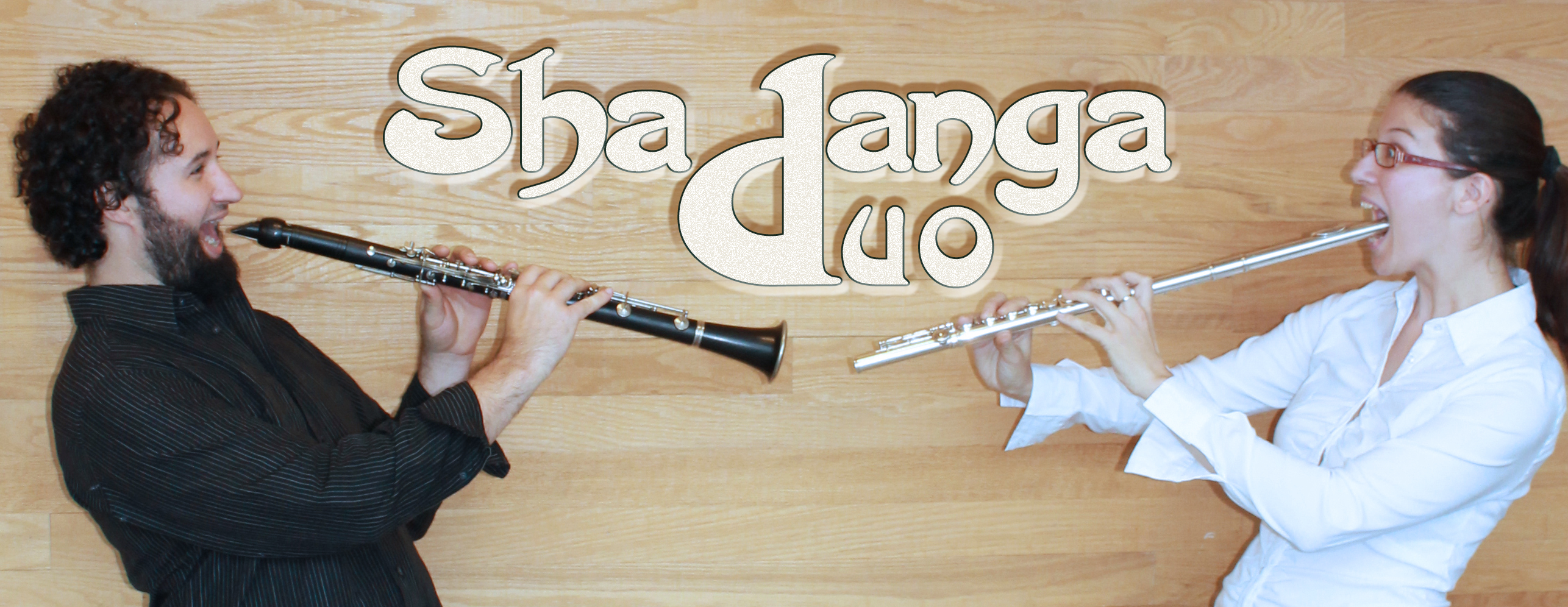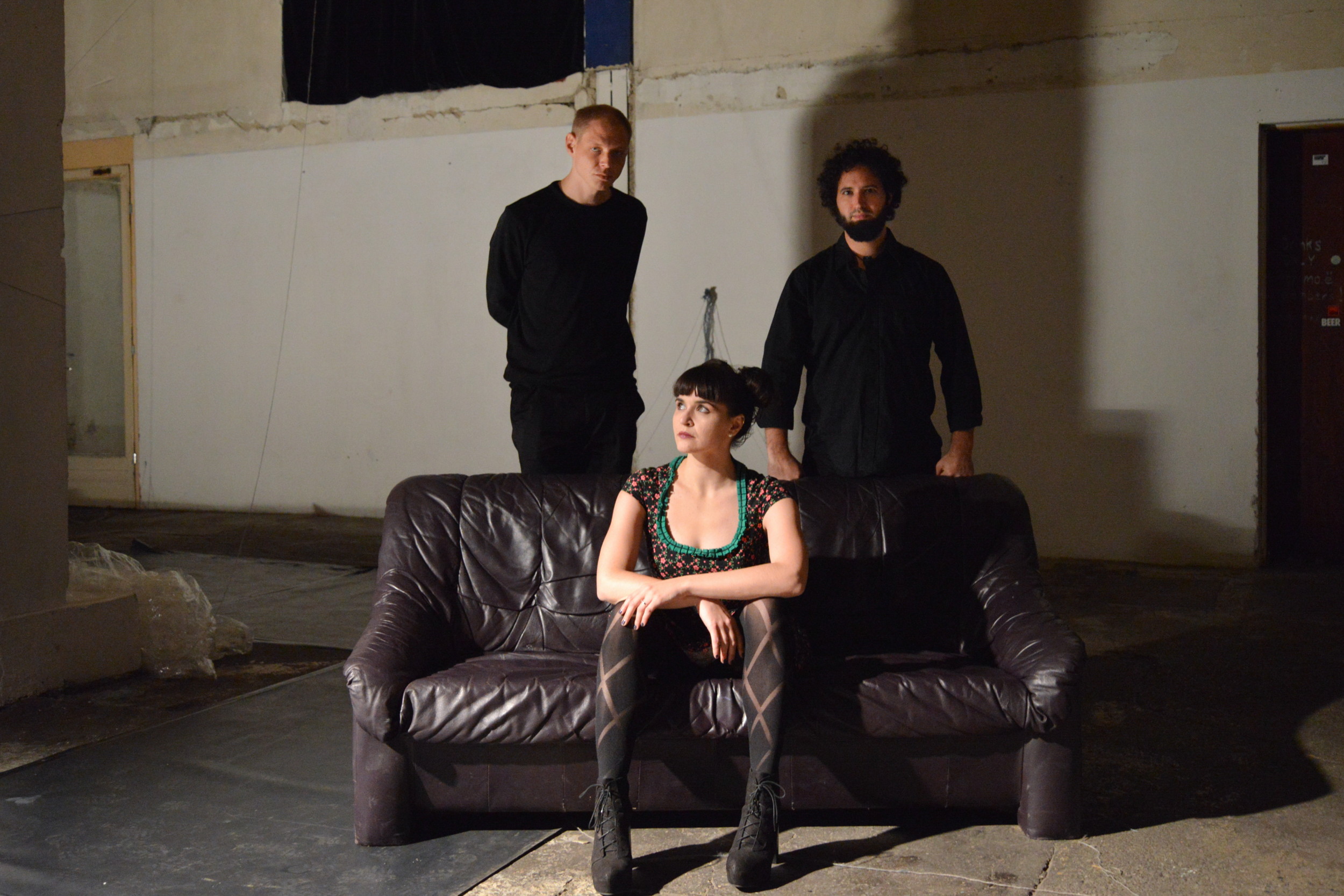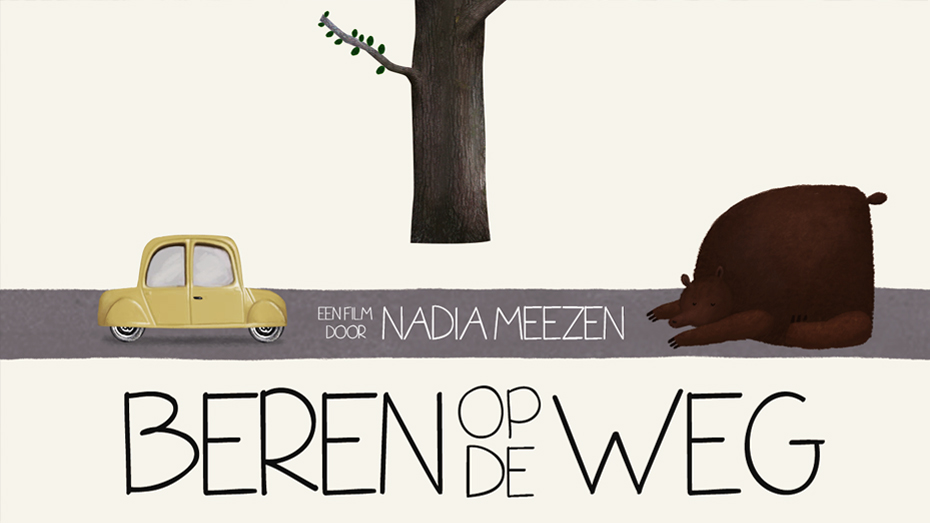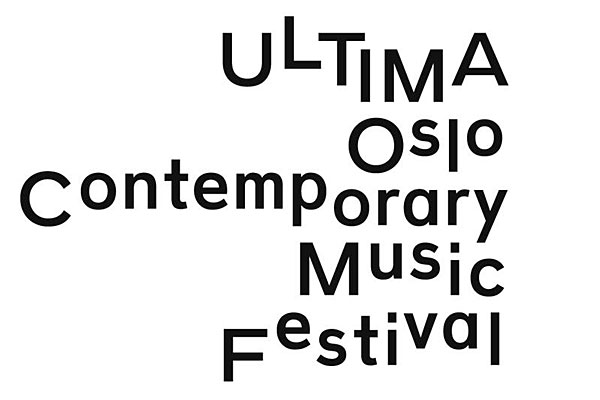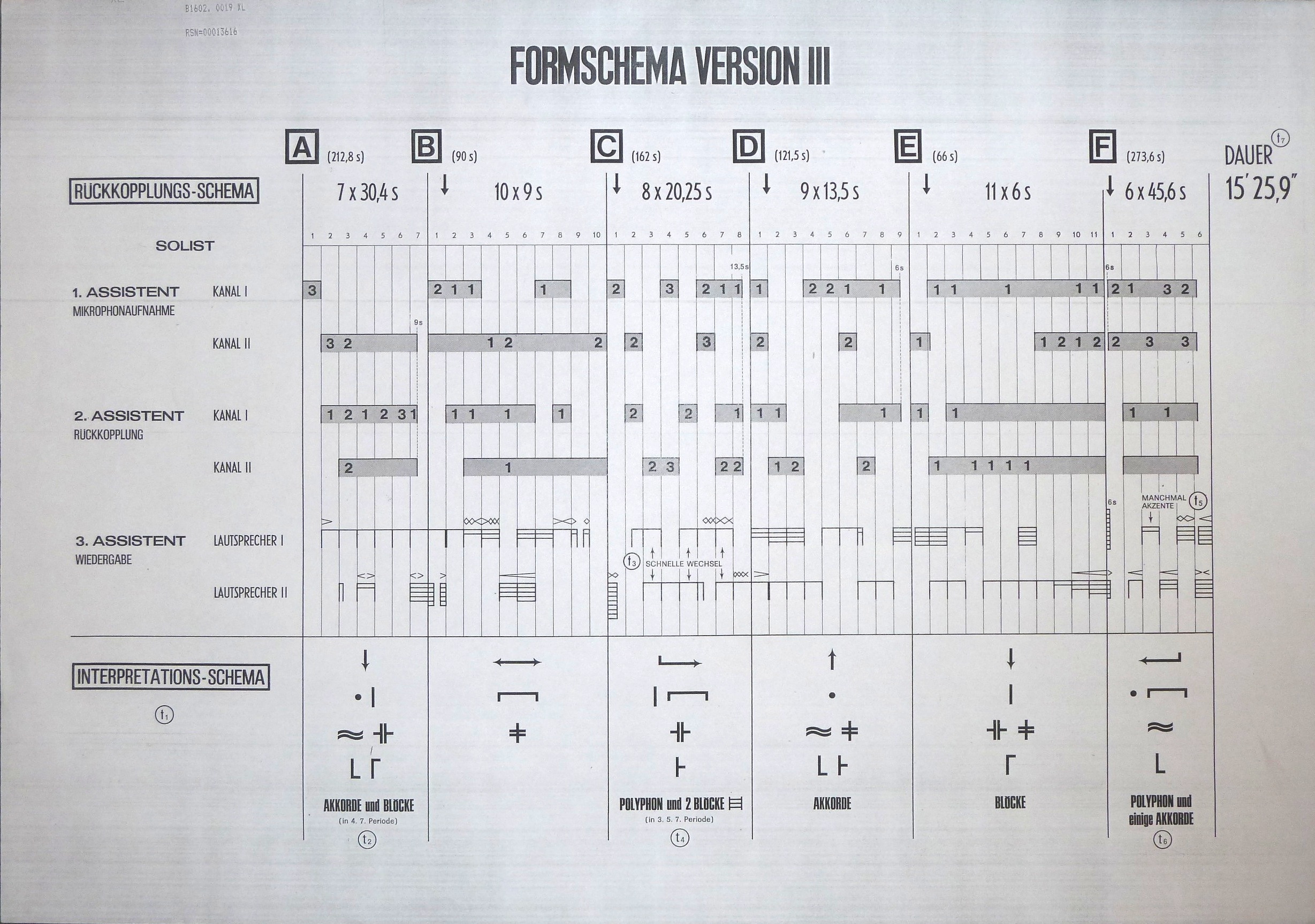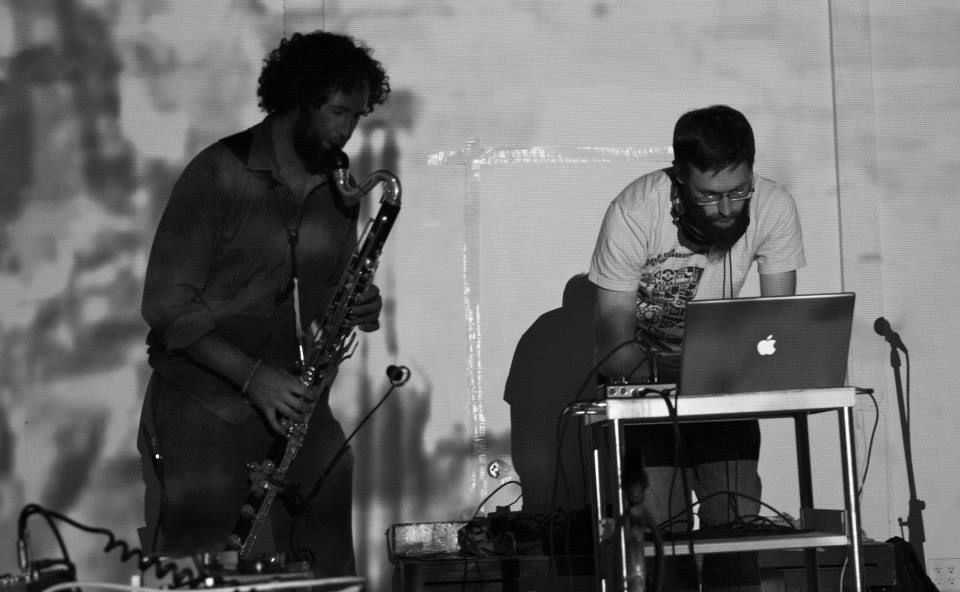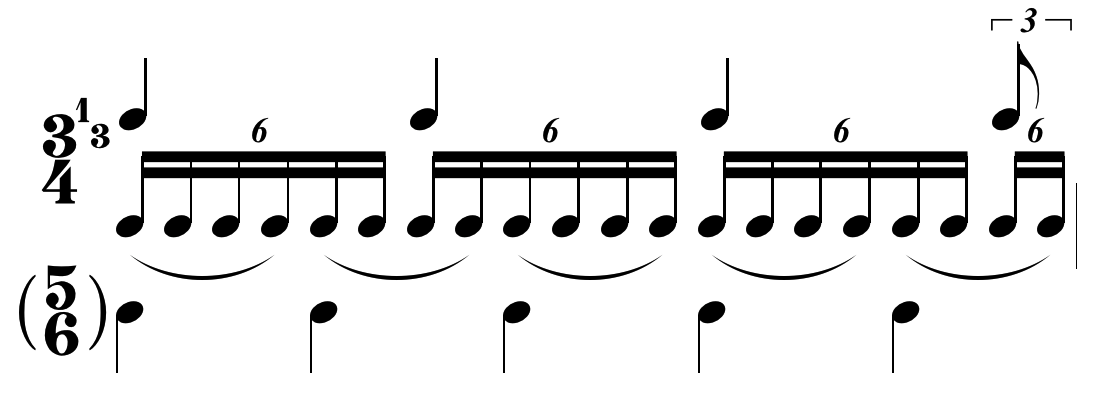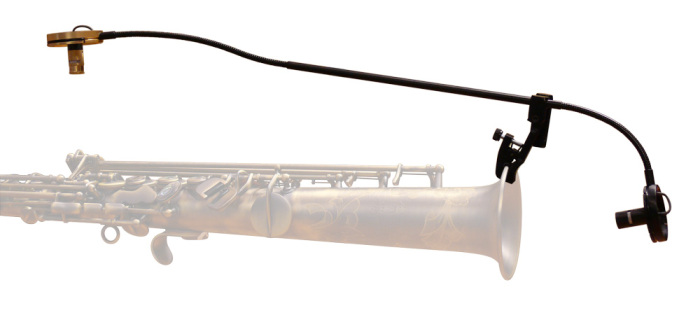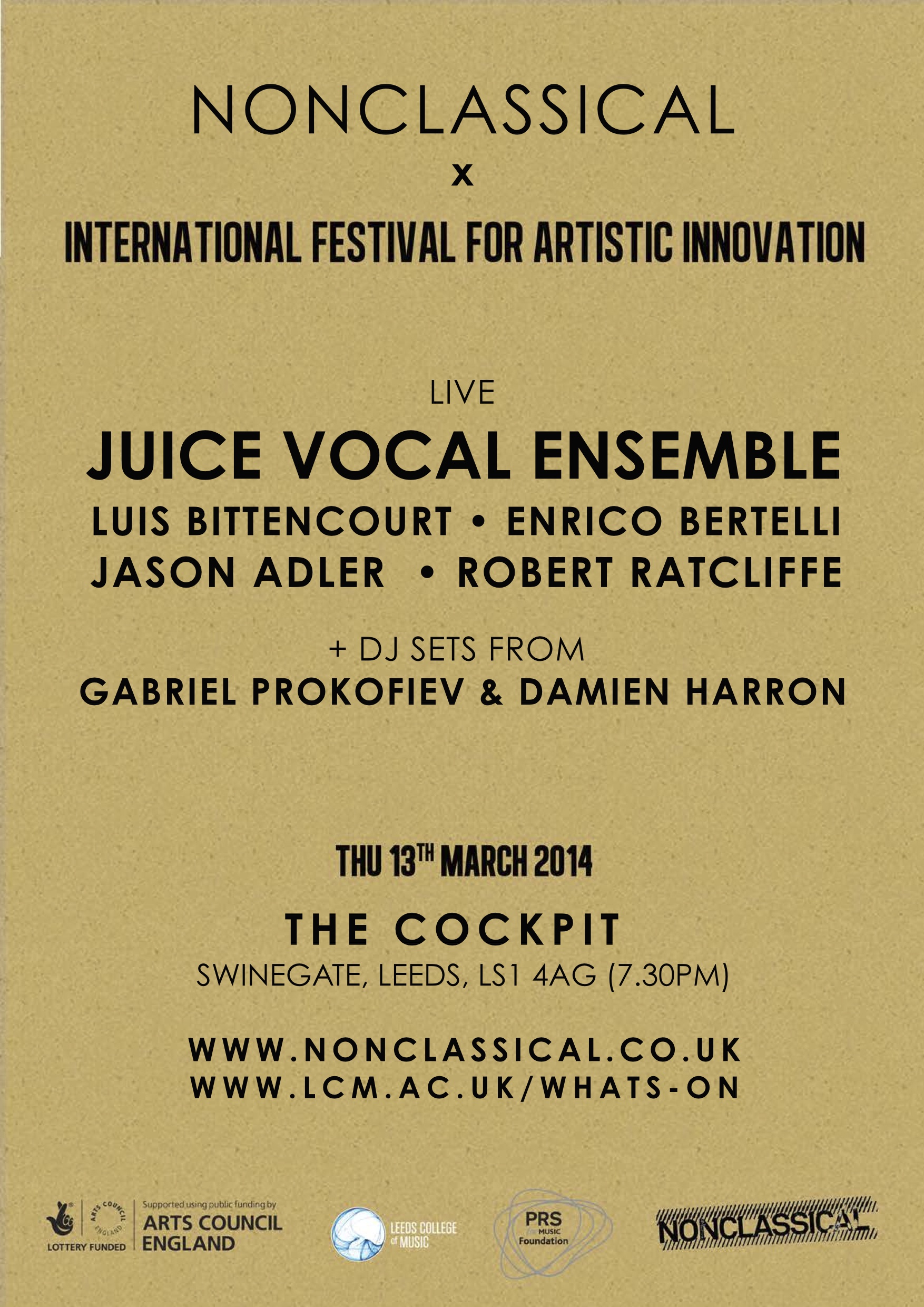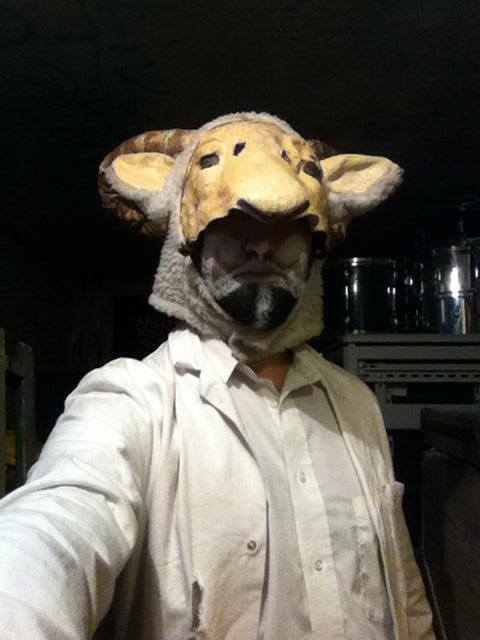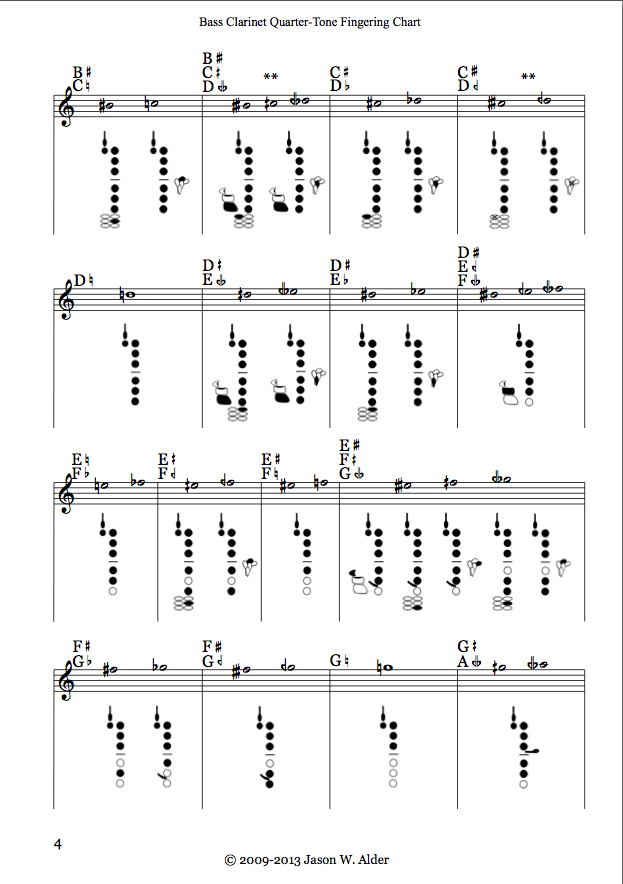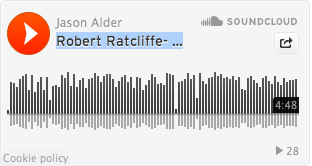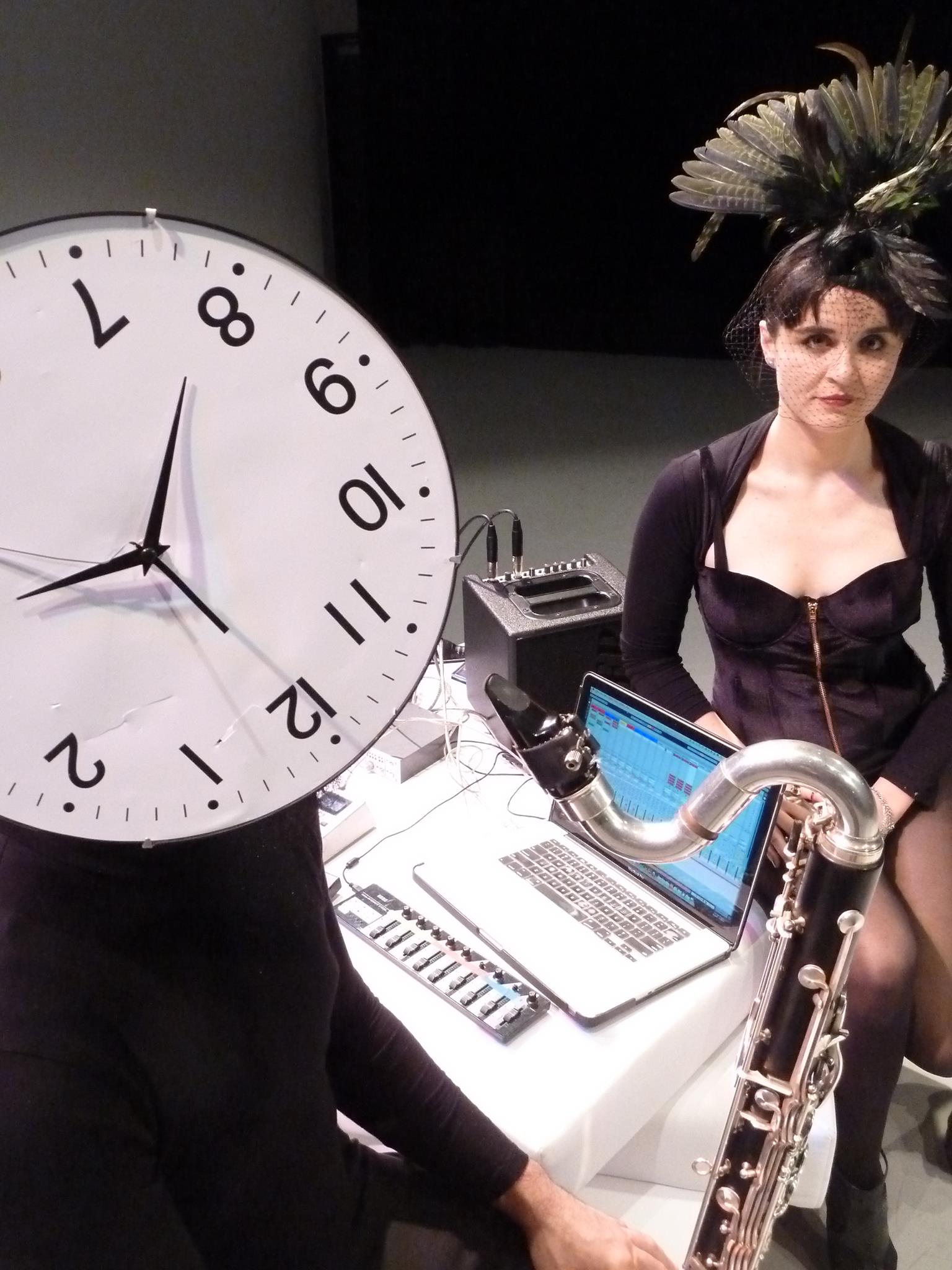Join us 4 October for a concert with discussion and Q&A, all about the Contrabass Clarinet!
I started making a list of a few albums I knew that had contrabass clarinet recordings on them. I never expected that list would grow to nearly 70 albums!
Are you playing a piece for bass clarinet that uses both bass and treble clefs? Confused about which octave you should be in? Read this!
I have a few new albums recently released. All three were actually recorded a while ago, one in 2016 and two in 2017, but have only finally made their way into the public.
The Intramic is similar to pickup-style mics which are fitted onto the barrel or neck of a clarinet or saxophone. The key features of these types of mics are:
*Don’t produce feedback
*Isolated from other instruments on stage
*Even coverage of the entire range of the instrument.
However the Intramic DOESN’T REQUIRE DRILLING INTO THE INSTRUMENT!!
The first Istanbul Woodwind Festival was held this year 2016 from 29 June – 3 July, and Shadanga Duo had the pleasure of performing.
A few months ago I acquired a vintage silver Rampone soprano saxophone. It had been in someone’s grandmother’s attic, without a case, for who knows how long and was in quite a state of disrepair. Every pad (pretty sure they were all original) and most corks needed replacing, some keys and rods were bent, and the whole thing needed a good polishing. I have some basic repair skills and take care of basic pad, cork, and felt replacement and adjustments on my horns, and have done a full strip down, repad, and polish of a metal clarinet once, but have never undertaken a full restoration of a saxophone before.
I’ve recently joined the Behn Mouthpieces Artists team. I first became acquainted with Brad Behn’s mouthpieces at the 2013 ClarinetFest in Assisi. I had tried some of his pieces for clarinet, and found one that I really liked in his Signature Collection. It was quite open (something like 1.56 tip opening… typical “classical” mouthpieces are between 1.0-1.10 or so), which I like for klezmer, jazz, and a lot of contemporary music. It blew quite freely, and I had a lot of flexibility for bending notes, multiphonics, and slap tongues. It’s also loud as hell! But what especially caught my attention was how clean and centered the tone still was.
The International Clarinet Association’s annual ClarinetFest was 22-26 July 2015, this time in Madrid. My first year attending was 2013 in Assisi, where I came as a spectator, but ended up performing with the European Clarinet Association ensemble. Last year was in Baton Rouge, where I performed Stockhausen’s Solo fur Melodieinstrument und Rückkopplung.
This year I performed with my new ensemble, Shadanga Duo. We played part of our program from our concert in Århus last December, which consisted of the Elliott Carter Esprit Rude/Esprit Doux, and two of our new commissions, Louis Aguirre’s Yalodde Yeyé Kari and Hannes Kerschbaumer’s gryet.debris. Even though we had performed it before, with four times more pieces as well, it was still quite a challenging program.
In the last lesson we worked on phrasing the gatis within each beat. This lesson is going to build on the gati system through rephrasing, called jathi. In a jathi we’ll be using the speed of one gati, but phrasing using another. For example we’ll take the Chatusra gati, which is four subdivisions to the beat, but phrase it using Tisra, in threes, but keeping the Chatusra speed. In Western terms, we’ll take sixteenth notes, but rather than phrasing them as four to the beat, we’ll accent every third sixteenth note.
I’ve just gotten done playing a couple dates in Amsterdam and Antwerp with the multiple-award-winning actress and singer Idina Menzel on her World Tour.
I’ve decided to start a series of video lessons teaching the application of Karnatic rhythmical techniques to Western music. I want to discuss, over a series of lessons, some of the most practical elements that we can take from using these techniques, which help in complex rhythmical music that we see in Western music. These lessons will deal with things such as odd subdivisions of a beat like quintuplets and septuplets, odd meters like 5/8, 7/8, 11/8 or even more complex like 18/16, polyrhythms, polymeters, polypulses, tuplet ratios, embedded tuplets, and irrational rhythms.
From 11-13 December 2014 the 4th European Clarinet Congress was held in Katowice, Poland. While I’ve been involved with the past International clarinet festivals, this was my first European. I was invited to perform a solo concert, where I premiered a solo clarinet piece Fáessa by Thanos Chrysakis, and also played a couple of my bass clarinet favorites, Monólogo Fantástico by Francisco Castillo Trigueros and Wake Up Call by Robert Ratcliffe.
In 2012, flutist Katalin Szanyi and I were brought together to perform the duo Oshun Olodí by Louis Aguirre, a Cuban composer living in Denmark.
megalodon/na is a project that’s been developing over the past year with Austrian vocal artist Magdalena Hahnkamper (Pfefferminz Anymalia). It’s hard to classify exactly, but it’s an avant-garde combination of elements of jazz, Viennese lieder, free improvisation, spoken-word, poetry, German cabaret, theater, performance art, and multimedia. In February we won the Lyrik Live audience competition from the Austrian Ö1 radio with our piece, a video called “friedrich/das erdrückende”.
In the beginning of the summer I recorded for the soundtrack of a short animation, “Beren op de Weg”, the graduation project of Nadia Meezen from the Willem de Kooning Academie in Delft. The music is by Bas Bouma, one of the organizers of the Pale Blue Dot project I worked on in 2014 and have since done other work with. The music features the clarinet quite prominently as the solo melody instrument.
Six months after 20 musicians/composers/sound artists met in Nida, Lithuania for the New Music Incubator, we reconvened in Oslo for the Ultima Contemporary Music Festival, which was also hosting the Nordic Music Days.
The newest issue of The Clarinet magazine (Vol.41 #4, September 2014) focuses on the bass clarinet. One of the recurring articles is Clarinet Cache written by Kellie Lignitz-Hahn and Rachel Yoder, and in this issue they wrote “A guide to bass clarinet on the web… an annotated guide to some of the best online bass clarinet resources.” And I’ve made the cut with this website and blog!
The International Clarinet Association’s annual ClarinetFest was held in Baton Rouge, Louisiana this year, and I was invited to perform Stockhausen’s “Solo für melodieinstrument und Rückkopplung”. The piece was written in 1966 for any melody instrument and delayed feedback. To perform it then required the assistance of at least four people to operate the different elements of the delay system, which include the recording, the playback, and the speakers. Using the software Max/MSP with my laptop, I’ve developed a patch so it can now be performed with a computer doing all these tasks. Harry Sparnaay, the pioneer of the modern bass clarinet, has even mentioned my performance in his book.
Who knew? Things are actually happening in Detroit. It’s been 8 years since I left and moved to Europe, and in that time the city has seen its share of disaster.
Here’s the shows I’ll be playing this summer while I’m in America, in Detroit, Baton Rouge, New Orleans, and Chicago!
Recently a friend posted a photo on Facebook of a bar of music she encountered and wasn’t sure how to count it. It was a bar of 4/6, and later in the discussion she posted another one of 5/6. How does one actually count a 4/6 or 5/6 bar?
I’ve spent the beginning of April in Lithuania for a project called the New Music Incubator (NMI). The idea of the project is to bring together 20 professional musicians for an intensive collaboration period every day, each day working with a different group of people and with a different theme to produce a piece to perform for the others that evening.
Micing a clarinet, and especially a bass clarinet, is difficult. I had a list of several requirements of a microphone…
I’ve decided to start posting product and gear reviews, something I had been debating doing for a while…
“…the audience can expect radical solo works for bass clarinet and electronics — Jason Alder’s A’d Amssong that draws from Detroit’s legendary underground electronic dance music scene and Robert Ratcliffe’s Wake Up Call – a dialogue between jazz improvisation and contemporary electronic music.”
Raaskalbomfukkerz is a Dutch band incorporating electronic music, avant-gardism, hip-hop, politics, spoken word, and theater into a great live performance.
A few years ago I set out with the task of writing a fingering chart for quarter-tones for the bass clarinet. I was playing a lot of music requiring them and it was getting confusing trying to remember them all, so I started writing them down. At the same time, I was playing a lot of music that would go into the extreme altissimo range 6-9 ledger lines up!) that was also requiring memorizing a lot of new fingerings. So, I combined the two efforts and made a quarter-tone fingering chart for the whole range of the instrument, from Low C to the D-quarter-flat that sits above the 9th ledger line above the staff.
“Wake Up Call” is a piece for bass clarinet and tape by Dr. Robert Ratcliffe. In addition to the fixed tape part, there are other compositional elements available to the performer, such as the ability to structurally rearrange the order of the sections of the piece, add live processing to the bass clarinet, and replace some of the written material with improvisations. Rob approached me at the beginning of 2013 to help him realize these other elements of the composition and make recordings.
megalodon/na is a new performance project with Austrian jazz vocalist/spoken word artist Magdalena Hahnkamper (Pfefferminz Anymalia).
Welcome to my new blog.

